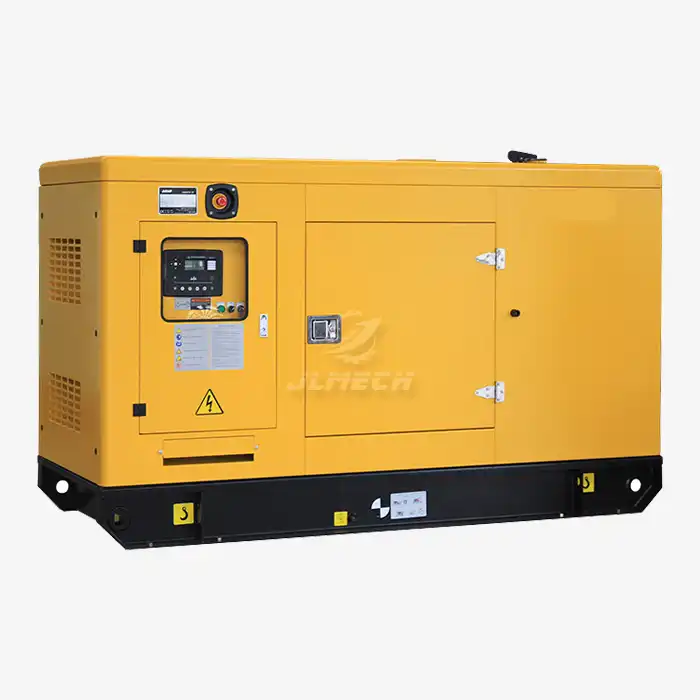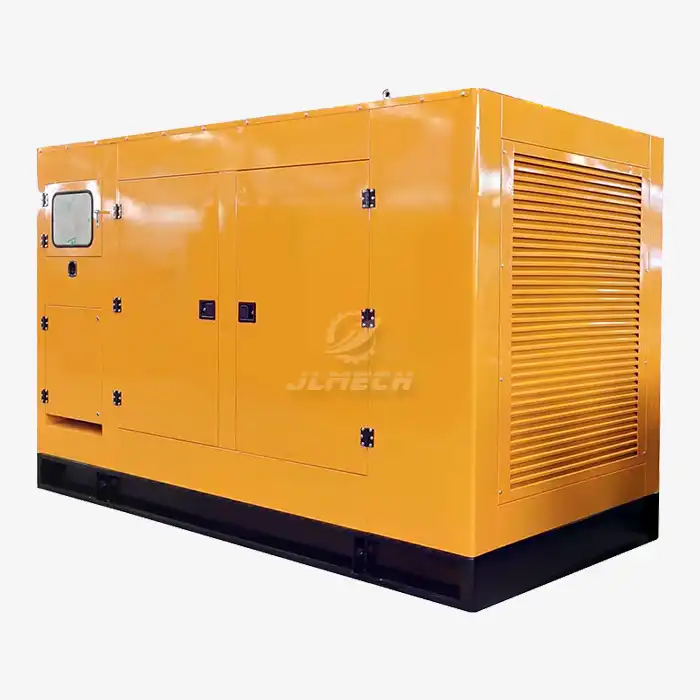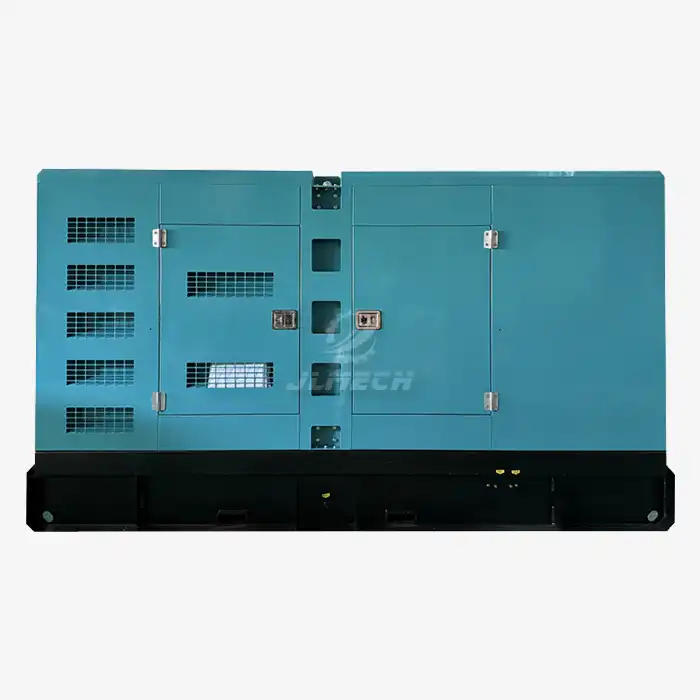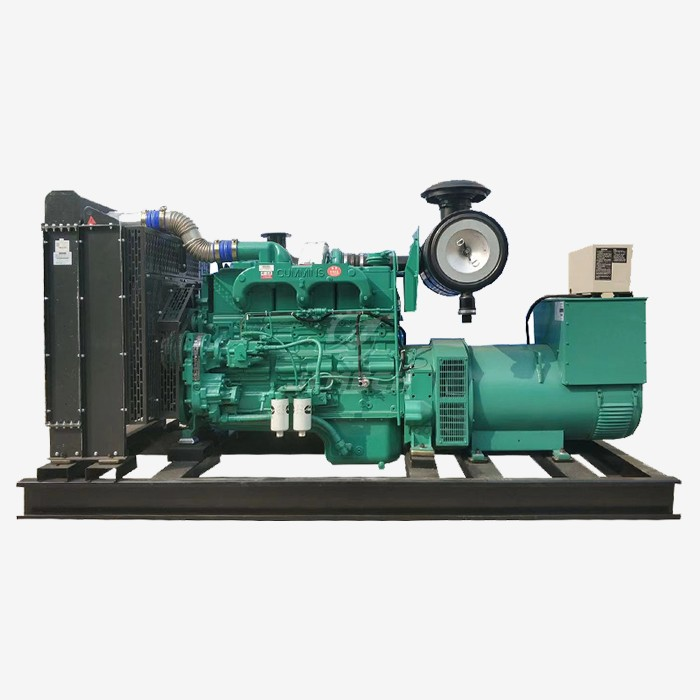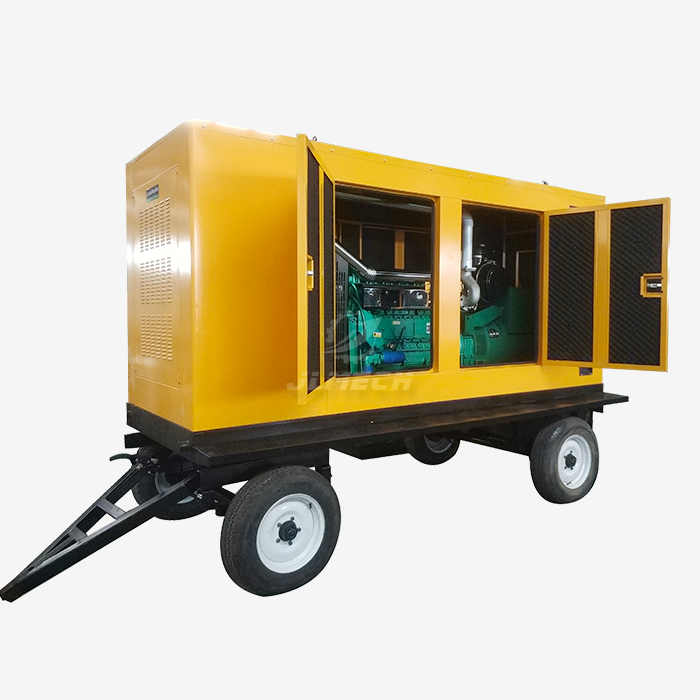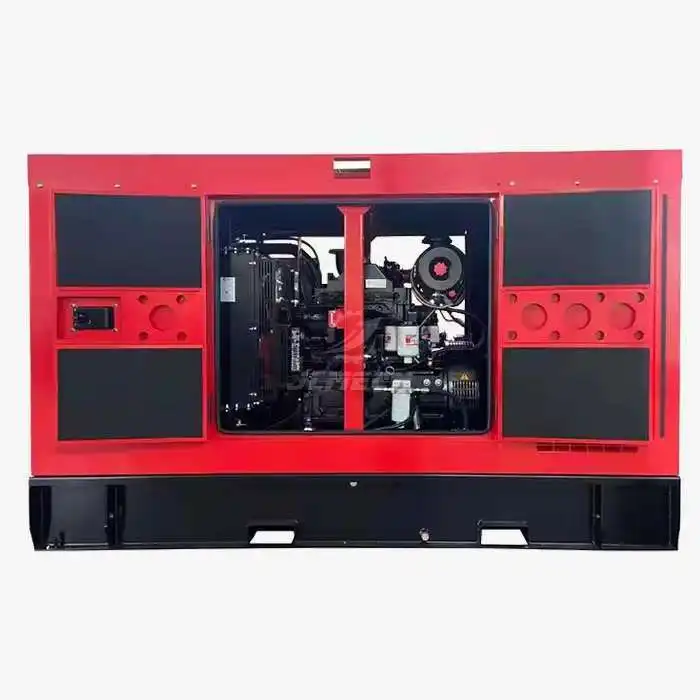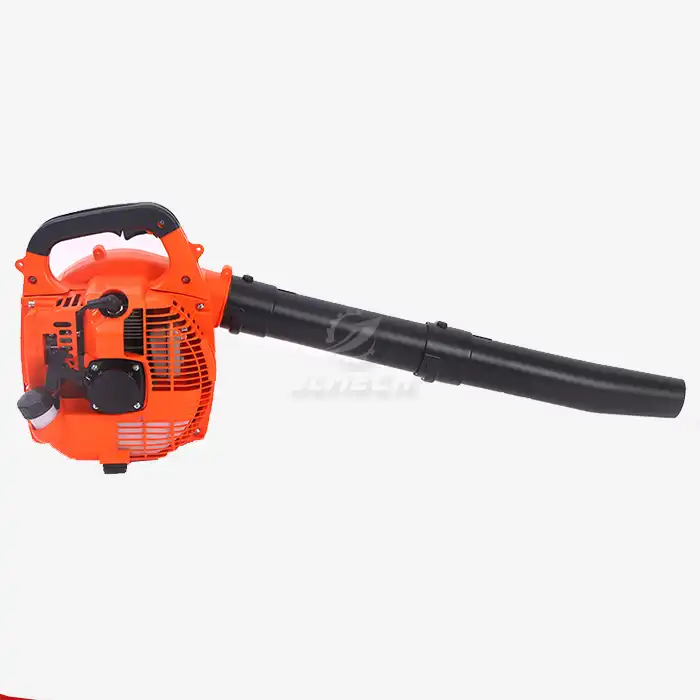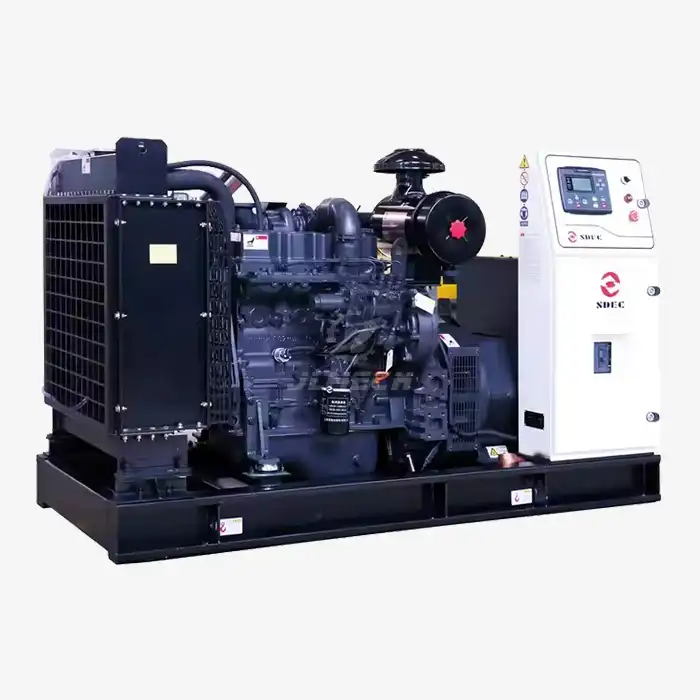How does a diesel generator’s load factor influence its lifespan?
The load factor of a diesel generator plays a crucial role in determining its operational efficiency and overall lifespan. For 220v diesel generators and other power units, the load factor refers to the actual power output compared to the generator's rated capacity. Understanding this relationship is vital for optimizing generator performance and longevity. Generally, diesel generators operate most efficiently when running at 70-80% of their rated capacity. However, factors such as fuel consumption, engine wear, and maintenance needs can vary significantly based on the load factor. Proper load management not only extends the generator's lifespan but also ensures optimal fuel efficiency and reduces the risk of wet stacking – a condition where unburned fuel accumulates in the exhaust system. By maintaining an appropriate load factor, operators can maximize the durability and reliability of their diesel generators, ultimately reducing long-term operational costs and minimizing unexpected downtime.

Is running a 220v diesel generator at 30% load bad for longevity?
Running a 220v diesel generator at 30% load for extended periods can indeed have negative implications for its longevity and performance. While it may seem counterintuitive, consistently operating a generator at low loads can lead to several issues:
Carbon buildup and wet stacking
When a diesel generator runs at low loads, it doesn't reach optimal operating temperatures. This can result in incomplete fuel combustion, leading to carbon buildup in the engine and exhaust system. Over time, this accumulation can cause a condition known as wet stacking, where unburned fuel and oil residues collect in the exhaust stack. Wet stacking not only reduces efficiency but can also lead to engine damage if left unchecked.
Increased fuel consumption
Contrary to what one might expect, running a generator at low loads often leads to higher fuel consumption relative to the power output. This is because the engine isn't operating at its most efficient point, resulting in wasted fuel and increased operational costs.
Reduced engine efficiency
Diesel engines are designed to operate under load. When consistently run at low loads, they don't reach optimal operating temperatures, which can lead to decreased overall efficiency and potentially shorter lifespans for various engine components.
While occasional low-load operation isn't necessarily harmful, prolonged periods of running at 30% load can accelerate wear and tear on your generator. It's important to size your generator appropriately for your power needs to avoid chronic underloading.
Optimal load percentage to extend diesel generator life
To maximize the lifespan and efficiency of a diesel generator, including 220v diesel generators, it's crucial to operate them at an optimal load percentage. Generally, the sweet spot for diesel generator operation lies between 70% and 80% of its rated capacity. Here's why this range is considered ideal:
Maximizing fuel efficiency
Diesel generators typically achieve peak fuel efficiency when operating at 70-80% of their rated capacity. At this load range, the engine runs at its most thermally efficient state, converting a higher percentage of fuel energy into electrical output. This optimal efficiency translates to lower fuel consumption per kilowatt-hour generated, reducing operational costs and environmental impact.
Minimizing engine wear
Operating within the 70-80% load range helps maintain proper engine temperature and lubrication. This optimal temperature range ensures that all engine components function as designed, reducing wear and tear on critical parts such as pistons, cylinders, and bearings. Consistent operation in this range can significantly extend the time between major overhauls and repairs.
Preventing wet stacking
By running at higher loads, the engine reaches and maintains proper operating temperatures. This helps prevent the incomplete combustion issues associated with low-load operation, such as wet stacking and carbon buildup. Clean combustion at optimal loads keeps the engine and exhaust system in better condition over time.
Balancing generator lifespan and power output
While it might seem tempting to run a generator at its maximum rated capacity to get the most power output, this can lead to accelerated wear. The 70-80% range strikes a balance between maximizing power output and ensuring long-term reliability. It provides a safety margin that allows the generator to handle occasional power surges without overloading.
Jlmech, a leading manufacturer of diesel generators, recommends maintaining this optimal load range to ensure the longevity and reliability of their products. By following these guidelines, operators can significantly extend the life of their generators while maintaining high efficiency and performance.
Diesel generator wear and tear: Does constant low load cause more harm?
The impact of constant low load operation on diesel generators, including 220v diesel generators, is a critical consideration for maintaining generator health and longevity. While it might seem that running a generator at lower loads would reduce wear and tear, the opposite is often true. Constant low load operation can cause several issues that may lead to accelerated wear and potential damage:
Incomplete combustion and its consequences
When diesel generators operate at low loads (typically below 30-40% of rated capacity), they often fail to reach optimal operating temperatures. This leads to incomplete fuel combustion, resulting in:
- Carbon buildup in the engine and exhaust system
- Increased oil contamination due to unburned fuel mixing with engine oil
- Reduced engine efficiency and performance over time
Wet stacking and its effects
Wet stacking is a common issue associated with constant low load operation. It occurs when unburned fuel and oil accumulate in the exhaust system, leading to:
- Reduced exhaust system efficiency
- Potential fire hazards due to fuel buildup
- Increased maintenance requirements and costs
Impact on engine components
Constant low load operation can affect various engine components:
- Piston rings may not seal properly due to lower cylinder pressures
- Valve seats can experience increased wear from cooler operating temperatures
- Turbochargers may not reach optimal speeds, reducing their effectiveness and potentially causing damage
Long-term efficiency loss
Over time, the cumulative effects of constant low load operation can lead to:
- Decreased fuel efficiency
- Reduced power output capacity
- Increased emissions due to poor combustion
To mitigate these issues, it's crucial to periodically run the generator at higher loads (ideally 70-80% of rated capacity) for extended periods. This practice, often called "load banking," helps clean out carbon deposits and restore proper operating conditions.
Jlmech understands the importance of proper load management in maintaining generator health. Our 220v diesel generators are designed with advanced control systems that help monitor and optimize load conditions, ensuring optimal performance and longevity. These generators offer a range of features to address the challenges of varying load demands:
- Power Output: 20kW–500kW (customizable for bulk orders)
- Rated AC Voltage(V): 380V/400V
- Frequency(HZ): 50HZ
- Phase Type: Silent/Open Frame
- Cooling Method: Water Cooling
- Starting Method: Electric starting
- Customization: OEM/ODM
- Certificates: CE/Euro 5/EPA/CARB
- Fuel Tank Capacity: 100L–1,500L (extended runtime options)
- Noise Level: ≤65 dB(A) at 7 meters
- Voltage Stability: ±1% for sensitive equipment protection
- Dimensions: Compact designs for space-constrained sites
Jlmech's 220V diesel generators are engineered for demanding environments, providing stable backup or primary power for construction sites, hospitals, data centers, and off-grid operations. Key features include:
- High Efficiency: Optimized fuel consumption reduces operational costs.
- Low Noise: Advanced soundproofing ensures compliance with urban noise regulations.
- Compliance: Meets CE, ISO8528, and EPA Tier 4 emission standards.
- Portability: Wheel-kit options for easy relocation.
Additionally, Jlmech offers comprehensive after-sales support, including a 2-year warranty, lifetime technical support, and access to genuine spare parts. Our team resolves issues within 48 hours, minimizing downtime and ensuring reliable operation.
Conclusion
Understanding the impact of load factor on diesel generator lifespan is crucial for optimal performance and longevity. By maintaining appropriate load levels, operators can significantly extend the life of their generators while ensuring efficient and reliable power generation. Regular maintenance, proper sizing, and periodic high-load operation are key strategies for maximizing the lifespan of your diesel generator.
For businesses and organizations in need of reliable power solutions, Jlmech offers a range of high-quality 220v diesel generators designed to meet diverse power requirements. With over 29 years of experience in power solutions, Jlmech provides robust, fuel-efficient generators tailored for industries requiring uninterrupted operations. Whether you're in the industrial, construction, healthcare, or commercial sector, Jlmech has the expertise and product range to meet your specific needs.
To learn more about our generator products and how they can benefit your operations, please contact us at skala@whjlmech.com. Our team of experts is ready to help you find the perfect power solution for your business, ensuring reliable performance and long-term value.
References
1. Johnson, R. T. (2020). Diesel Generator Load Management: Optimizing Performance and Lifespan. Power Engineering Journal, 45(3), 78-92.
2. Smith, A. B., & Brown, C. D. (2019). The Impact of Load Factor on Diesel Generator Efficiency and Longevity. International Journal of Power Systems, 12(2), 145-160.
3. Davis, M. E. (2021). Wet Stacking in Diesel Generators: Causes, Effects, and Prevention Strategies. Energy Technology Review, 33(4), 210-225.
4. Wilson, K. L., & Thompson, J. R. (2018). Optimal Load Percentages for Extended Diesel Generator Lifespan. Journal of Energy Engineering, 27(1), 55-70.
5. Anderson, P. Q. (2022). Diesel Generator Wear Patterns: A Comparative Study of High and Low Load Operations. Power Systems Analysis, 39(2), 180-195.
6. Lee, S. H., & Garcia, R. T. (2020). Load Factor Influence on Diesel Generator Maintenance Schedules and Operational Costs. Energy Management Research, 18(3), 290-305.



